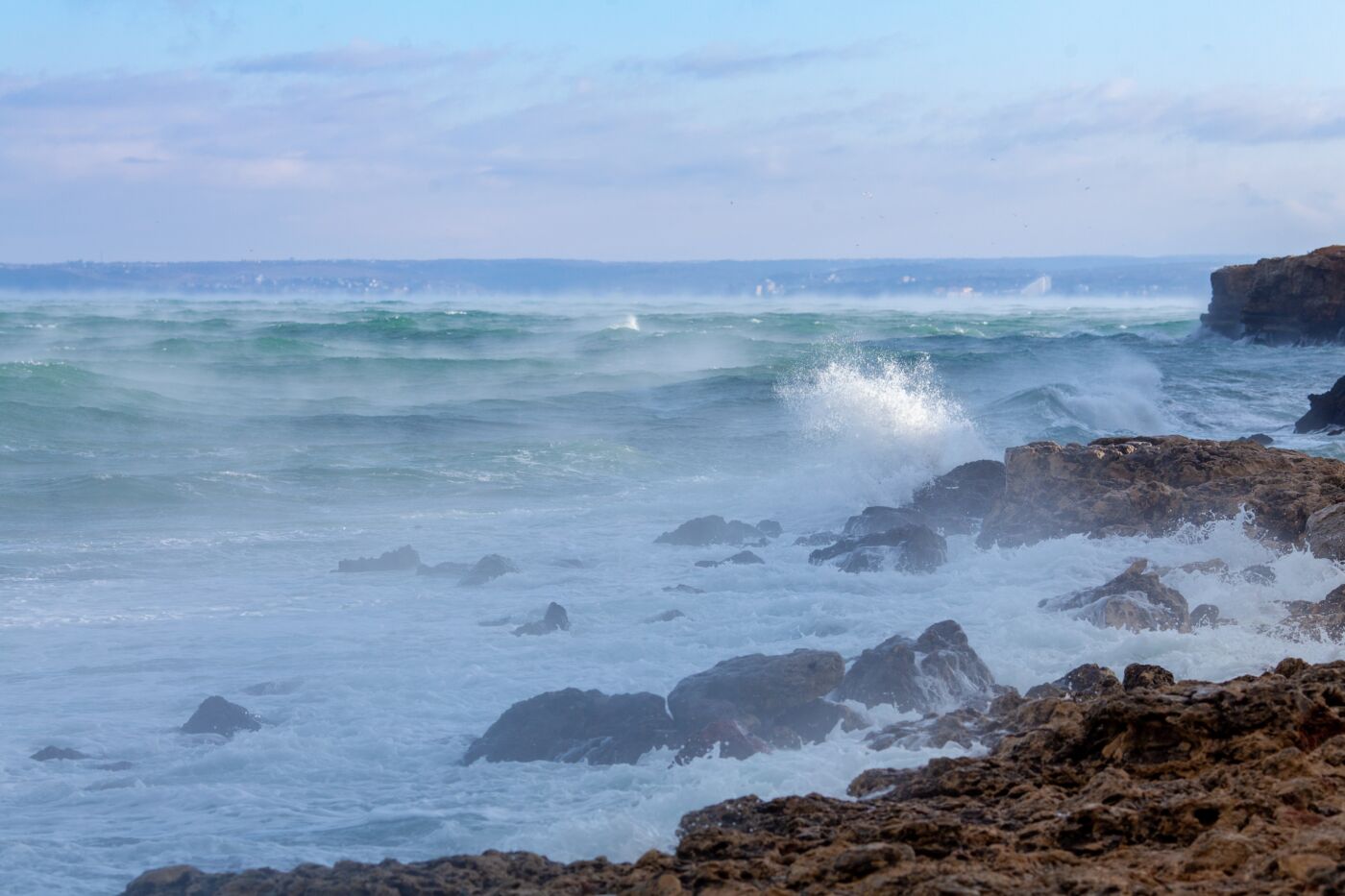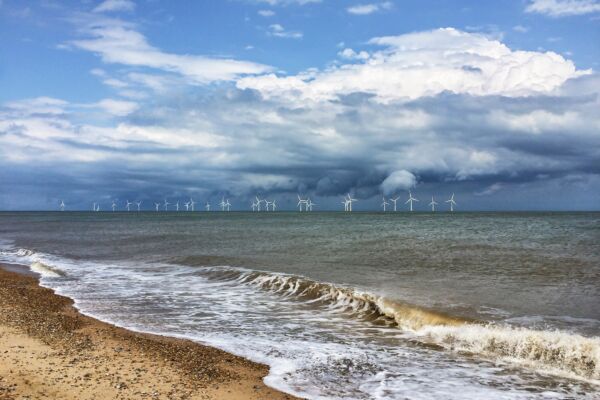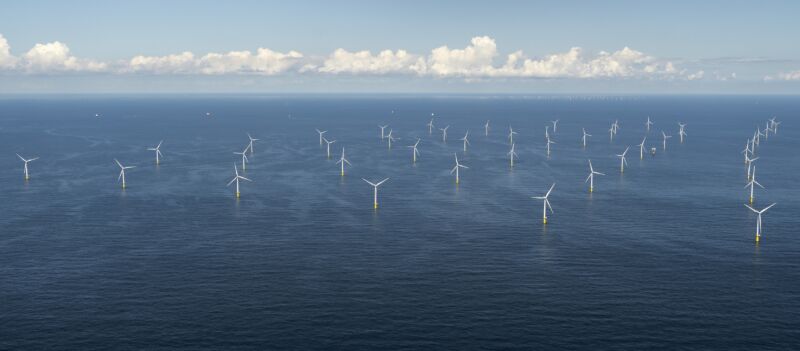The race to increase Europe’s offshore wind capacity from 12 GW to 300 GW by 2050 is well and truly on. The potential for this enormous expansion lies in the European seas: The North Sea, Baltic Sea, Mediterranean, Atlantic, and the Black Sea.
The fact that only five EU states are landlocked puts Europe in a good starting position to spearhead the race for renewables. In line with the 2050 target, 40 percent of electricity should be provided from sustainable sources, which makes capitalizing on this advantage imperative for success.
Untapped potential
At present, the majority of European offshore wind farms are located in the North Sea. But to fulfill its ambitions, the EU must consider other locations. But the Black Sea is now attracting particular interest. According to World Bank, its offshore wind potential is 453 GW – which, if fully utilized, this would open up new prospects for the region. Wind energy offers an alternative to the hitherto dominant coal-fired power and would drive the economic development of southeastern Europe.
As far as onshore wind power is concerned, Romania is the leader in the region surrounding the Black Sea. The current capacity of 3 GW could even be doubled in the next ten years. But at sea, there are opportunities of a completely different order of magnitude. The World Bank, Romania, and Bulgaria have a combined potential of more than 100 GW. That is about five times higher than Romania’s current power generation capacity.
For the environment and the economy
Expanding coastal wind energy infrastructure in the region would be a game changer, as it could provide a long-term replacement to CO2-heavy coal and lignite-fired power plants. Not only would this be more sustainable, but as wind generates power more steadily, wind energy could guarantee base-load power supply and put an end to frequent power shortages – meaning it is safer and more reliable. If the transmission grid is also expanded accordingly, landlocked countries such as Hungary or Serbia would benefit from increased supply security.
Establishing an offshore wind industry in the Black Sea would also boost the economy and create jobs. Building the supply chains, installing, and commissioning the turbines could revive the shipping industry and port activities. There is also the possibility of wind turbine manufacturers investing in the region and opening production facilities locally.
What next?
Romanian and Bulgarian governments are already looking into the use of offshore wind power and are ready to cooperate. However, in order for concrete investments to be planned, a regulatory framework is the first thing that needs to be in place. In addition, both countries would need to adapt their 2030 National Energy and Climate Plans, which have not yet taken offshore energy into account. Maritime spatial planning and environmental concerns will play a large part in driving that forward.



